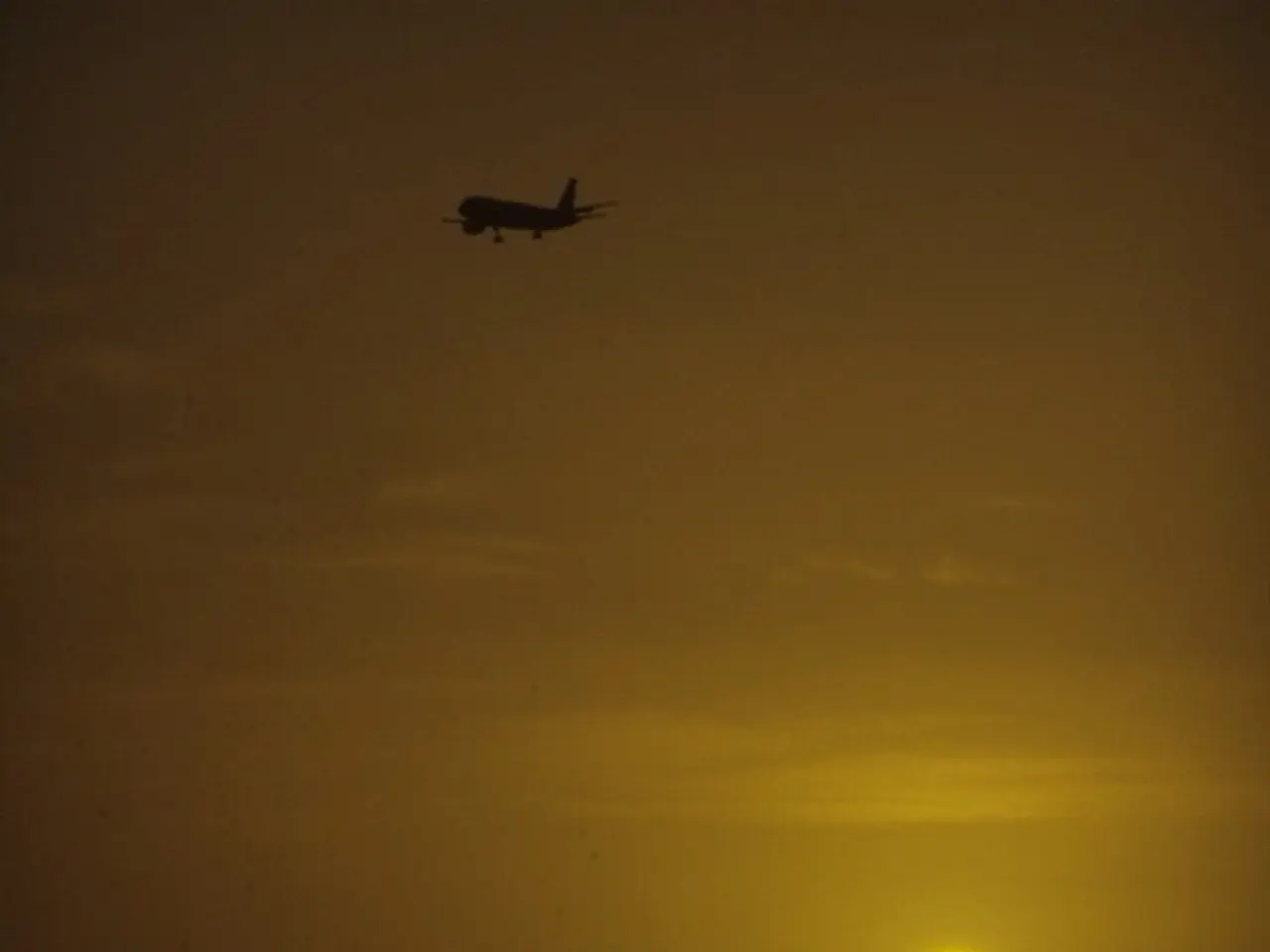Researchers examine a lesser-known risk associated with lunar touch-downs
The moon landings of the past have always been awe-inspiring spectacles, but one phenomenon that has puzzled scientists is the formation of striking dust streaks during these historic events. A recent study has shed light on this mystery, revealing that these patterns are not due to chosen landing sites, but rather the behaviour of the supersonic rocket plume.
How Goertler Instability Contributes to Dust Streak Formation During Moon Landings
During a lunar landing, when a lander’s rocket engine fires close to the lunar surface, high-velocity exhaust gases flow radially outward over the moon’s curved regolith surface. This setup, coupled with the concave nature of the lunar surface beneath the lander, triggers the Goertler instability - a fluid dynamic phenomenon.
The Goertler instability manifests as counter-rotating streamwise vortices that organise the flow into streaky, alternating high and low momentum regions. These vortices create localised regions of intensified shear stress on the surface, leading to patterned erosion of the lunar dust, and the formation of characteristic streaks or "dust streaks" aligned with the vortex structures.
How Understanding Goertler Instability Helps Design Safer Lunar Landings
By incorporating Goertler instability into computational models, engineers can predict the flow structures generated by lander plumes near the surface more accurately. This allows for more accurate forecasts of which areas will experience intense dust lifting and erosion.
Understanding the conditions that trigger or amplify these instabilities helps engineers shape nozzle designs, control jet angles, and adjust thrust magnitudes to minimise harmful vortices. For example, spreading thrust over multiple nozzles or using lower velocity jets may reduce boundary layer curvature effects and weaken the instability.
Identifying how vortex-induced erosion patterns form informs choices on where to land, possibly avoiding fragile regions prone to ejecta hazards. Engineers can develop landing sequences that modulate descent velocity and thrust application to lessen dust lofting during critical phases.
By controlling or mitigating Goertler instability effects, fewer dust particles become airborne, reducing the risk of damage to nearby equipment, orbiters, and astronauts. This contributes to safer surface operations and longer mission lifetimes.
The Future of Moon Missions
Understanding the dust plume issue is particularly critical for future Artemis missions, including the construction of a lunar outpost. NASA's Artemis missions will return humans to the moon for the first time in 50 years. Understanding the dust plume issue can help identify risks, mitigate them, and improve predictions of erosion rates during landings.
The new era of deep space exploration is beckoning with Artemis missions. Findings from the study pave the way for future missions to optimise landing strategies and mitigate dust cloud effects on equipment and visibility.
Johns Hopkins University researchers, including PhD students Miguel X. Diaz-Lopez and Matthew Gorman, contributed to the study. The study is posted in the Science+Technology category, tagged with fluid dynamics.
- The recent study on the moon landings has revealed that the formation of dust streaks during these events is linked to the Goertler instability, a fluid dynamic phenomenon that occurs when high-velocity exhaust gases flow over the moon's curved regolith surface.
- By understanding the Goertler instability, engineers can develop computational models to predict the flow structures generated by lander plumes near the surface more accurately, thereby minimizing harmful vortices and ensuring safer lunar landings.
- The study's findings are particularly crucial for future Artemis missions, as they can help optimize landing strategies, reduce risks, and improve predictions of erosion rates during landings, thus contributing to the success of NASA's Artemis missions and the construction of a lunar outpost.




